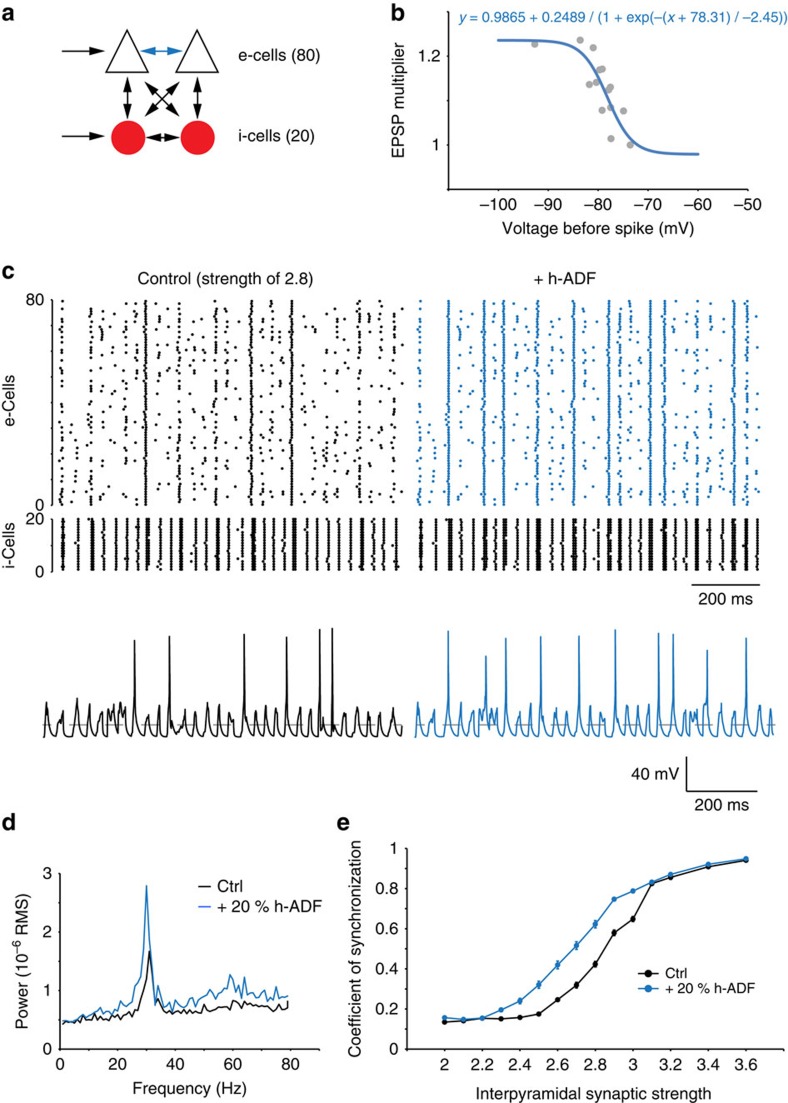Figure 8. h-ADF promotes network synchrony.
(a) Scheme of a CA3 network model. The network is composed of 80 e-cells (white triangles) and 20 i-cells (red circles). Pyramidal cells and interneurons were fed by stochastic input. The connections between pyramidal neurons (blue arrows) are the only connections in which h-ADF can be added as h-ADF was not tested experimentally in other connections. (b) h-ADF rule at excitatory synapses between pyramidal neurons. A maximal 20% facilitation is applied, according to the membrane voltage measured 17 ms before the spike. (c) Effect of the h-ADF rule on network synchrony. Left top, rastergram showing the network activity in control conditions with a synaptic strength of 2.8 mS. Left bottom, representative trace in an e-cell. Right top, with the h-ADF rule (+20% h-ADF), the synchrony is increased. Right bottom, representative trace in an e-cell. Note that membrane potential crosses the −73-mV limit between spikes (dotted lines). (d) Power spectrum of the data shown in c (synaptic strength of 2.8 mS). Adding h-ADF rules dramatically increases the network synchrony around the gamma frequency (29 Hz). (e) Synchronization coefficients calculated for synaptic strengths from 2 to 3.6. Incorporation of h-ADF increases synchrony (blue).

